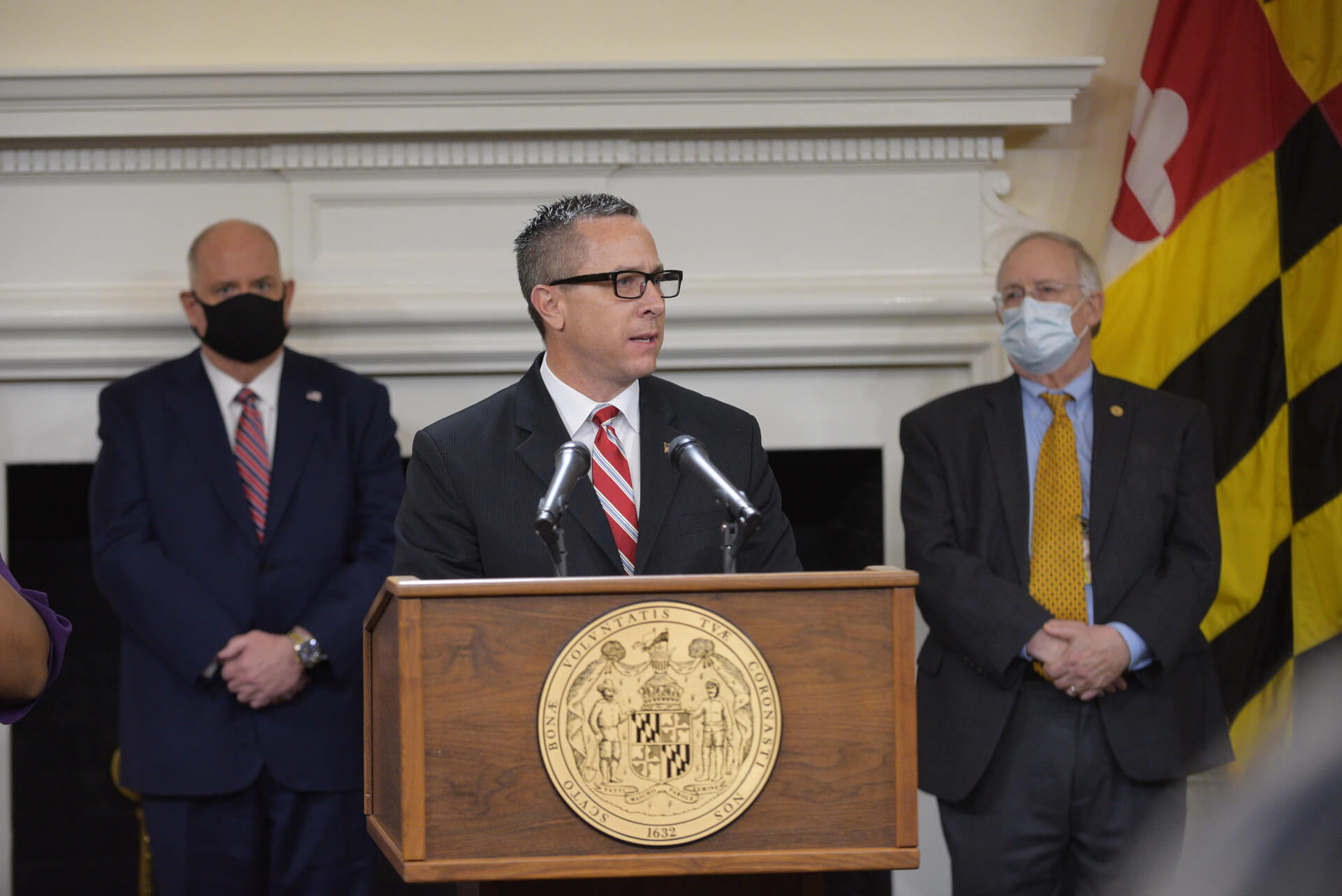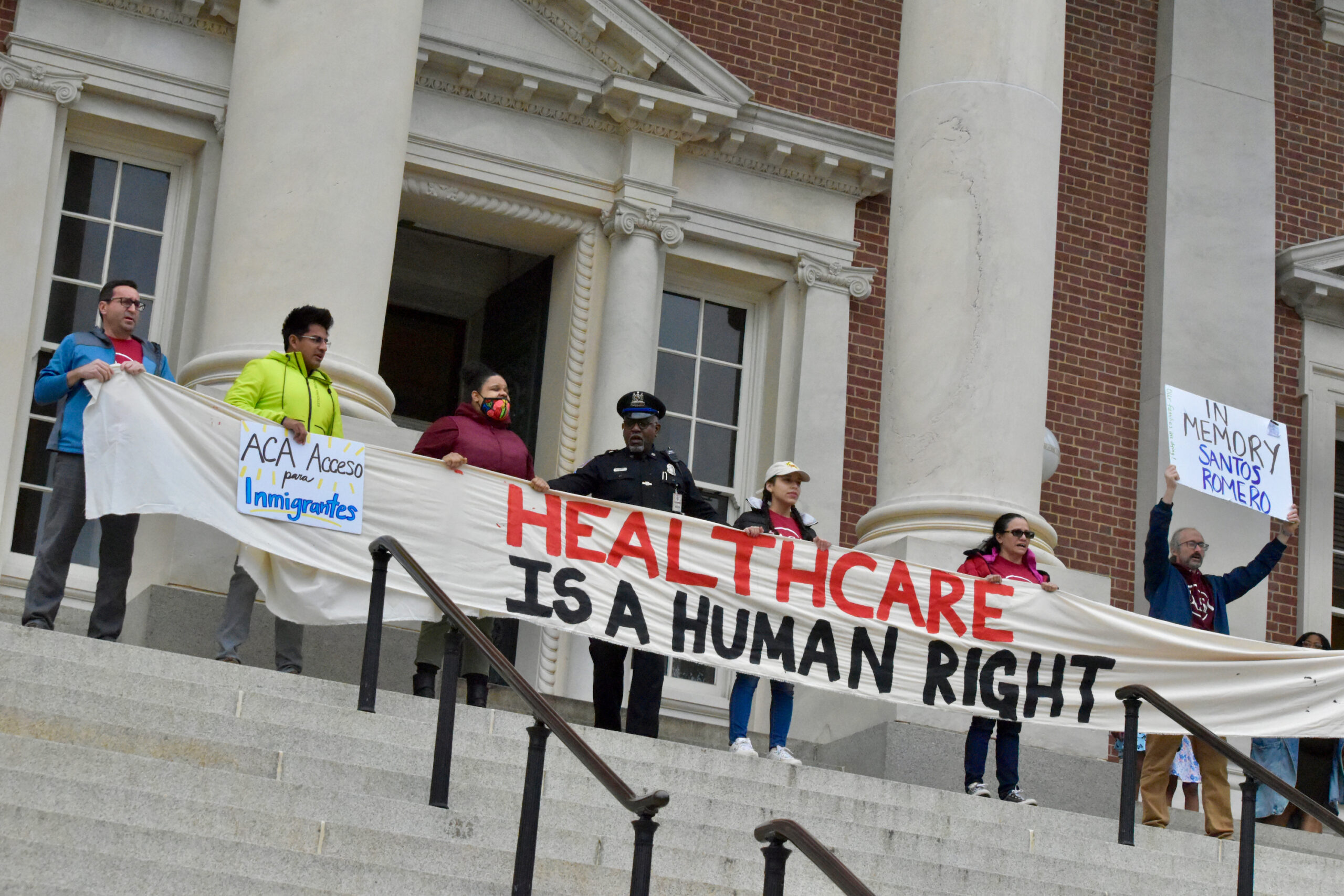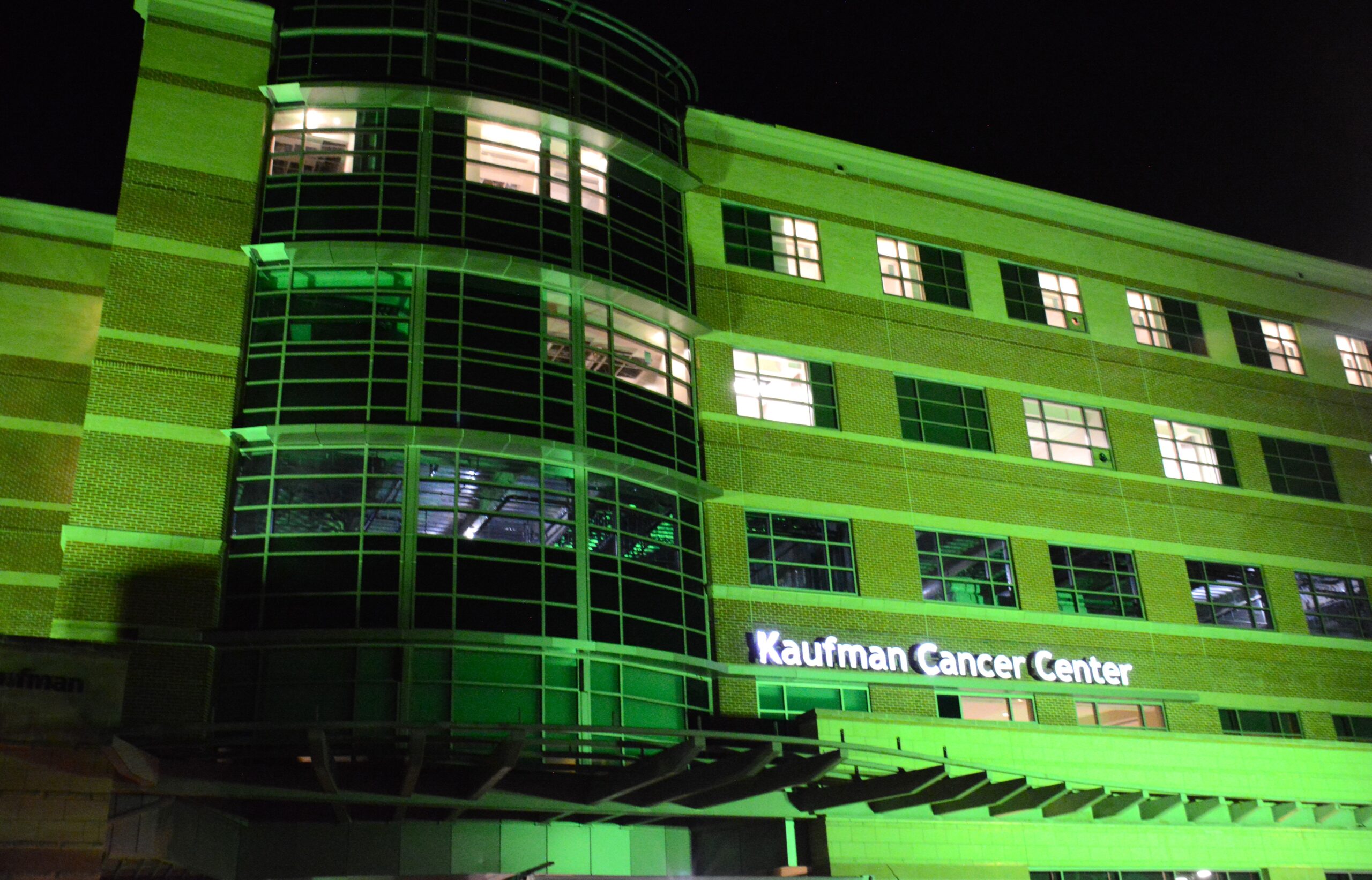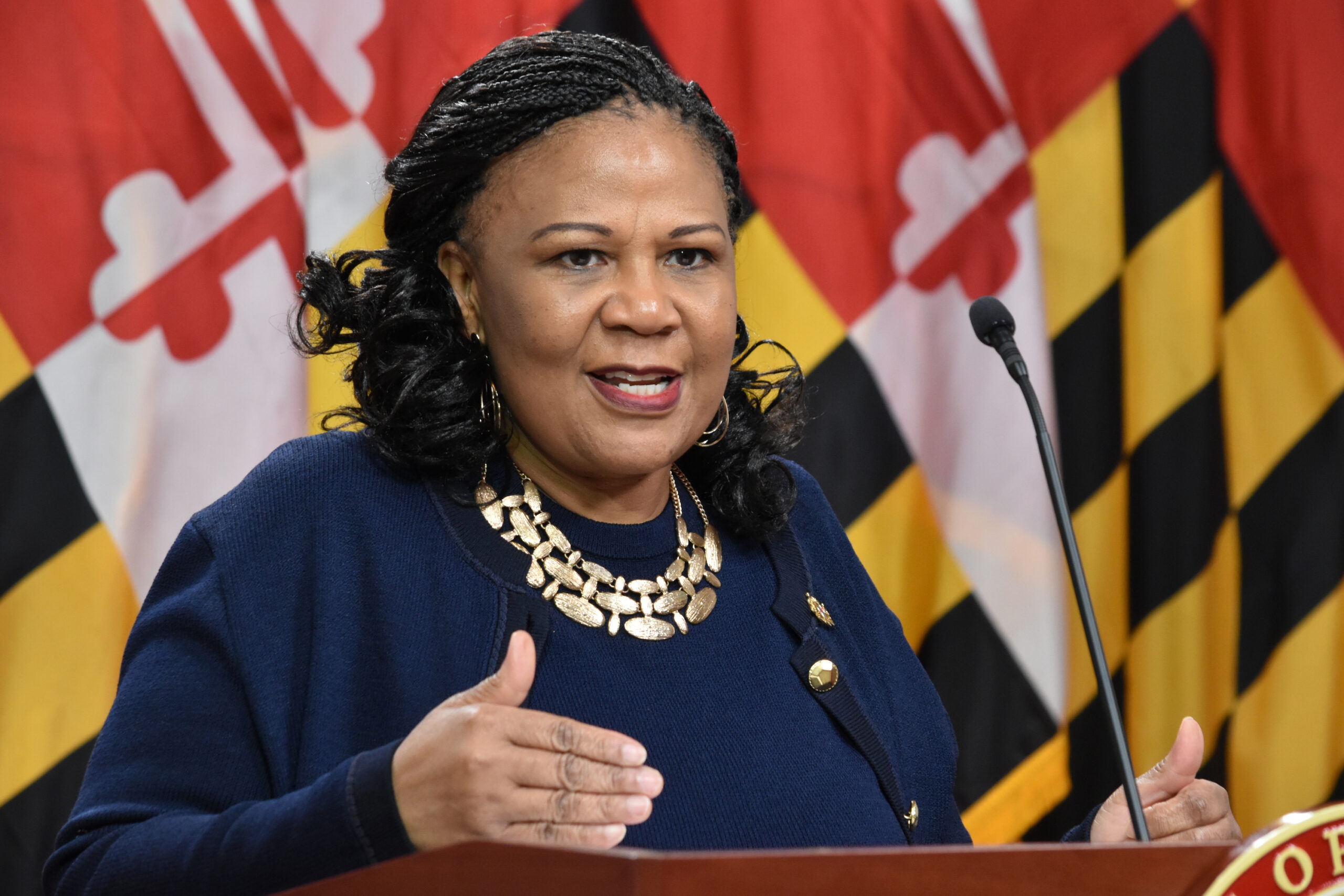The Doctor Will See You Now. (Seriously, They Want to See You Now.)

With COVID-19 caseloads rapidly approaching levels seen during the first wave of the epidemic, doctors in Maryland and elsewhere are again starting to worry about the patients they see ― and the ones they don’t.
Physicians say it is routine to encounter a patient who waited before seeking care because of a concern they could become infected in a hospital or doctor’s office. Patients being treated for chronic conditions also frequently cancel their follow-on appointments out of a belief that it’s safer to stay home.
Health care experts say that delaying care, or straying from ongoing treatment, often leads to adverse outcomes.
“It’s a significant concern, because sometimes something that may be non-emergent can become an emergency if it goes unrecognized or goes untreated,” said Dr. Shannon P. Pryor, a Montgomery County otolaryngologist.
“So when patients have stayed away from health care facilities out of fear of COVID, they ultimately wind up harming themselves by allowing something that might have been more easily treated to get much worse,” she added.
The Centers for Disease Control and Prevention reported in September that an estimated 41% of U.S. adults had delayed or avoided medical care. Twelve percent were slower to access urgent or emergency care, while one in three patients put off routine care.
Avoidance of urgent or emergency care was more prevalent among unpaid caregivers for adults, people with underlying medical conditions, Black adults, Hispanic adults, young adults, and people with disabilities, researchers found.
“The ones we really worry about are the true emergencies — things like strokes and pulmonary emboli and heart attacks and all of that,” Pryor said.
But less life-threatening conditions are also a concern.
“There’s a certain type of hearing loss that once we get a month out, it’s difficult or impossible to treat,” she said.
Dr. David Marcozzi, COVID-19 Incident Commander for the University of Maryland Medical System, said the health care system “learned a lot” from the spike in infections that hit the state and nation in the spring. As a result of that experience — and dramatic improvements in coronavirus treatments — hospitals should retain the ability to keep their doors open to non-COVID patients.
“The expectation is we will continue to maintain the ability to deliver care both in the ambulatory outpatient sector… and surgeries,” he said.
“So if you need to get your hernia repaired or your back or your knee, as long as we can maintain the capacity within our health care delivery system, we plan on doing that,” he added. “We are not planning on shutting down any surgeries this fall and winter, unless we obviously have to.”
Part of the issue revolves around messaging, said Gene M. Ransom III, CEO of MedChi, the Maryland State Medical Society. People have been told to stay home as much as possible but also not to delay seeking treatment for an issue that could prove detrimental to their health.
“Some of these procedures are really important and need to be done,” he said. “And we’re really worried that people are not getting care and there’s going to be adverse effects. … It’s been a big issue the entire time.”
In an interview with the New England Journal of Medicine earlier this year, Zoran Lasic, a cardiologist in New York, said delayed care could ultimately prove even more damaging to public health than COVID-19 itself. “I think the toll on non-Covid patients will be much greater than Covid deaths,” he said.
Doctors are making unprecedented use of telemedicine — patient visits conducted online. And experts are hopeful that patients will use telehealth to connect to a provider in a manner that feels safe, to determine whether an office visit or hospital care is required.
Marcozzi expressed optimism the system can avoid a repeat of the delayed-care wave that occurred in the spring and summer.
“People waited much longer to come in, and as a result were much sicker when they hit the doors of an emergency department,” he said. “That’s what we’re trying to mitigate this fall and winter.”
The Maryland Department of Health reported an additional 1,923 COVID-19 cases on Monday morning, bringing the state’s total since March to 198,370. Maryland will almost surely surpass 200,000 infections with its Tuesday report.
Two additional deaths were reported Monday, an unusually low total that most likely reflected delayed reporting due to the Thanksgiving holiday.
The state’s rolling infection average now stands at 33.8 cases for every 100,000 people, triple what it was just five weeks ago. The state’s positivity rate now stands at 6.86%.
Experts have warned that all COVID metrics reported during the holiday weekend could be subject to delays due to short-staffing.




 Creative Commons Attribution
Creative Commons Attribution